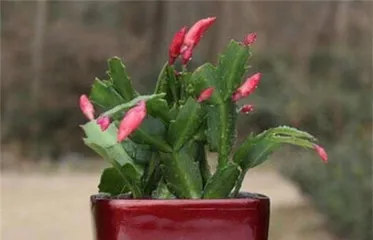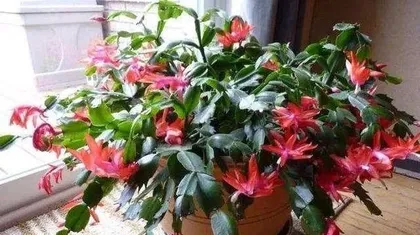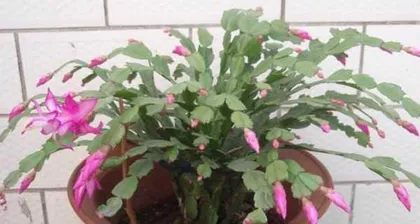Epiphyllum is a common ornamental plant with strong adaptability, making it a top choice for many beginners. However, to ensure it grows healthy and blooms at home, some key points for cultivation and care need to be noted. Here is a detailed introduction.

Soil Preparation
Epiphyllum prefers soil that is well-ventilated and has good water retention. We can mix peat moss, perlite, and leaf mold to create a mixed soil to provide a good growing environment.
Temperature Control
Epiphyllum is suitable for growing at temperatures between 15°C and 25°C. If the temperature is too high or too low, it will affect the growth and flowering of the Epiphyllum. Ensure the indoor temperature is appropriate.

Water Management
Epiphyllum needs to maintain a suitable level of moisture. During the growing period, we can water it once or twice a week. However, do not overwater to avoid root rot. Also, do not let water accumulate in the center of the leaves, as this can affect their normal growth.
Fertilization Method
During the growing season, fertilize once every 20-30 days. You can use a liquid fertilizer specifically for Epiphyllum or one for succulents. However, be careful not to use too high a concentration to avoid burning the roots.
Light Requirements
Epiphyllum needs plenty of light. However, direct sunlight can damage the leaves. In the summer, place the Epiphyllum in a partially shaded area, while in the winter, it needs sufficient light.

Pruning Method
The inflorescence of an Epiphyllum generally does not wither on its own, so it needs to be pruned with scissors. We can cut it off after the flowers have finished blooming to maintain the plant's aesthetics.
Pest and Disease Control
Epiphyllum is relatively susceptible to diseases like black rot and powdery mildew. In daily care, it is important to promptly clean up fallen leaves and dead branches to reduce the growth of pathogens. If you find the plant is infested with pests or diseases, you can use insecticides and fungicides for treatment.
Transplanting Precautions
Epiphyllum grows slowly and generally needs to be repotted once every two to three years. Before transplanting, the old soil should be cleaned off and replaced with new mixed soil, while also paying attention to post-transplant care.
Hydroponic Method
In addition to cultivation in mixed soil, we can also choose to grow it hydroponically. Before hydroponic cultivation, the plant's roots need to be thoroughly cleaned, and then placed in a container with water and nutrient solution for growth.
Appropriate Season
Epiphyllum is suitable for transplanting and propagating in spring and autumn. Because these two seasons are ideal for plant growth, it is easy for the plant to take root and grow quickly after transplanting or propagation.
Propagation Methods
Epiphyllum can be propagated by division, seeds, and leaf cuttings. Among these, division is the simplest and most effective method.
Handling Dead Leaves
During the plant's growth period, some leaves will gradually turn yellow and wither. At this time, they need to be promptly removed to maintain the plant's aesthetics and also promote its healthy growth.
Flower Bud Formation
Epiphyllum's flower buds are formed during periods of vigorous growth, so it is necessary to pay attention to nutrient and temperature management. If you want the Epiphyllum to produce more flowers, you can appropriately increase the frequency of fertilization during the growing season.
Common Mistakes
Epiphyllum is quite resilient but can still develop problems, such as overwatering, over-fertilizing, and insufficient light. Pay attention to details in daily care to avoid making mistakes.
Epiphyllum is an easy-to-care-for ornamental plant. As long as you pay attention to the management of soil, temperature, water, fertilization, and light, it can grow healthily and produce beautiful flowers. At the same time, it is important to pay attention to details in daily care to avoid mistakes.